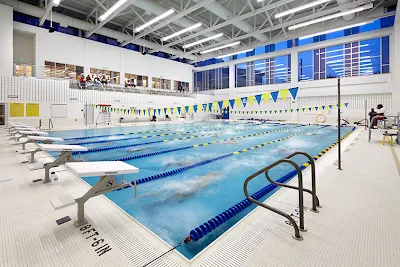 |
| Coppin State University Physical Education Complex |
Critics who have watched more closely the politics surrounding the Coppin campus are less forgiving and more skeptical. They question not only the necessity for the report, but also its objectivity, content and timing. They are particularly sensitive to attempts to blame the Coppin administration, faculty and students for the failures of policymakers and others responsible for the academic program approval, the awarding of operating funds, and the funding of facilities. The USM report on Coppin is, for these critics, a self-serving “report of convenience” designed more to change the narrative on the failures of the University System of Maryland and the state than to demonstrate a genuine interest in Coppin.
There appears to be a good reason for skepticism. Of Coppin’s many needs, it has never suffered from a shortage of reports and studies. Several have been issued over the last three decades with the best examples being a 1981 study on the status of Maryland’s HBCUs; the 2001 Toll Report on the revitalization of Coppin State College; and the 2008 HBI study issued in conjunction with a special state higher education funding commission report. Each of these documents speaks objectively to the critical needs of Coppin and, by implication, to the lack of state investment in the campus. None blamed the administration, the faculty or even the students for any underperformance. Apparently, the authors of these reports realized that even the most skillful president would find it difficult, if not impossible, to effectively and efficiently manage an institution without the required resources. Note that the earlier reports were done under the watchful eye of the U.S. Department of Education Office of Civil Rights and were developed by independent groups.
VIEW CSU Physical Education Complex Slideshow
CONTINUE READING
 |
| Coppin State University Physical Education Complex |
Coppin State again targeted for transformation
Panel recommends changes at Coppin State
Tough love for Coppin
Coppin State University Breaks Ground on New Science and Technology Center
Segregation, state's neglect at heart of Coppin's 'mess'
Report: Coppin State lacks leadership, accountability
Coppin professors group responds to college review
Several Measures Needed to Help HBCU's Boost Retention, Graduation Rates
No comments:
Post a Comment